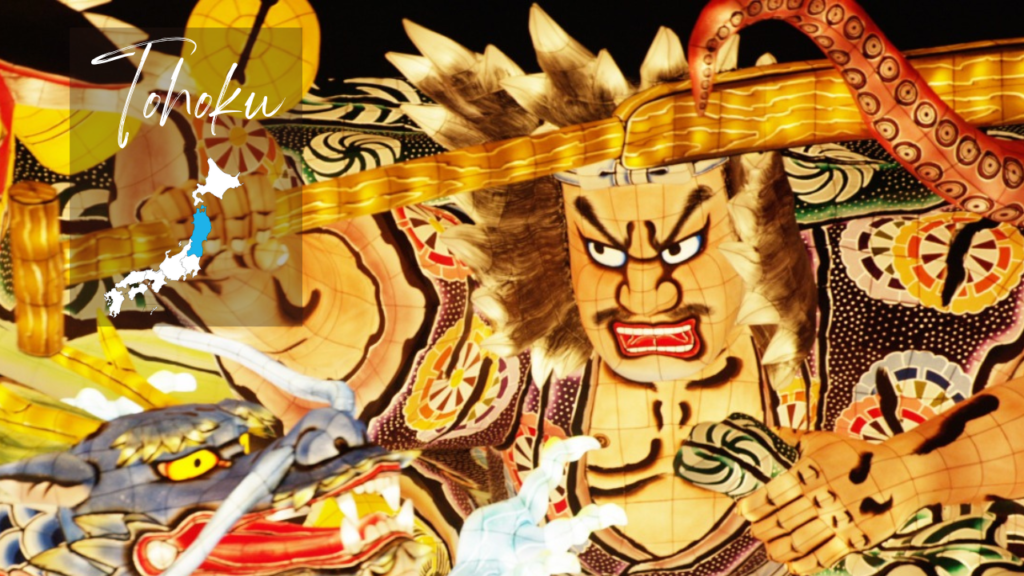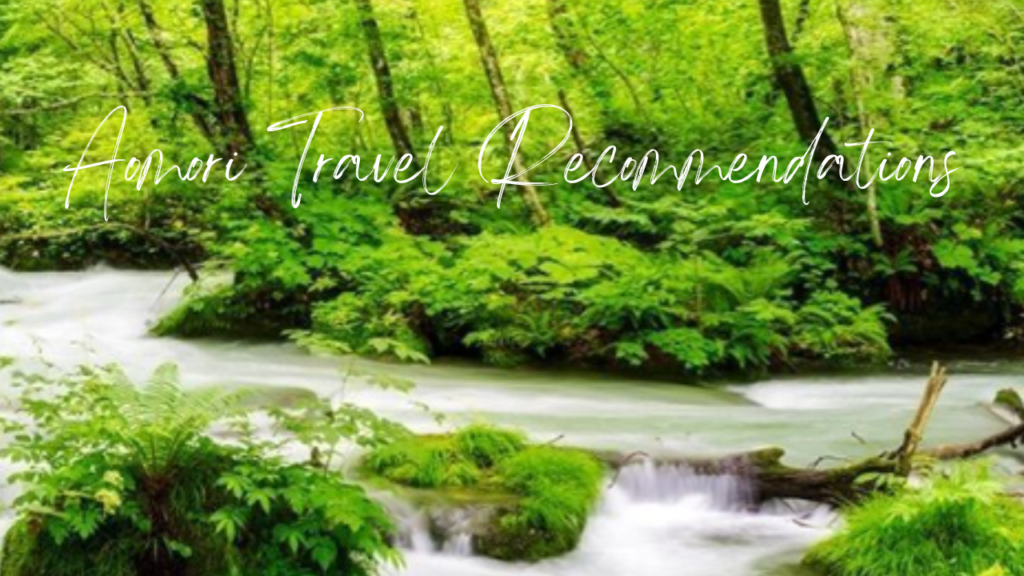Contents
Overview of Tohoku
The Tohoku region is located in the northern part of the Japanese island of Honshu, and is home to six prefectures – Aomori, Akita, Iwate, Yamagata, Miyagi, and Fukushima. As one of the most scenic and untouched areas of Japan, it offers a multitude of natural and cultural attractions that draw both domestic and international tourists to its shores.
The region is known for its rugged coastline, snow-capped mountains and dense forests, which make it a popular destination for outdoor enthusiasts. Hiking, skiing, and snowboarding are all popular pastimes in the area, with several world-class ski resorts located in the mountains. Additionally, the region is home to several national parks including the Towada-Hachimantai National Park and the Bandai-Asahi National Park, which are perfect for nature lovers.
The Tohoku region is also well-known for its hot springs, which are dotted throughout the area. Some of the most famous hot spring resorts include Ginzan Onsen, Nyuto Onsen, and Sukayu Onsen, which offer visitors the chance to relax and unwind in the natural mineral-rich waters. Other notable attractions in the region include the Goshogawara Tachineputa Festival, the Nebuta Festival in Aomori, and the Tanabata Festival in Sendai, which highlight the unique culture and traditions of the area.
The region is also home to several UNESCO World Heritage Sites, including the Shirakami-Sanchi Mountains, a pristine virgin beech forest located on the border of Akita and Aomori prefectures. This natural wonder is home to several endangered species and is considered a symbol of Japan’s rich biodiversity. Additionally, the Hiraizumi Cultural Property, located in Iwate Prefecture, is a cultural and spiritual center that has attracted visitors for over a thousand years.
The history of the Tohoku region is long and rich, with evidence of human settlement dating back over 20,000 years. The area was once ruled by powerful clans, including the Date Clan, who built a stronghold in Sendai during the Edo period. Today, visitors can learn about the history and culture of the region by visiting the many museums and historical sites located throughout the area.
The region is also famous for its local cuisine, which includes fresh seafood, rice, and vegetables. Some notable dishes include Hiraizumi Mochi, a sweet rice cake with red bean paste, and Sasa Kamaboko, a fish cake made with fresh fish and wrapped in bamboo leaves. The region is also known for its sake production, with many breweries located in the area.
In recent years, the Tohoku region has recovered from the devastating earthquake and tsunami that struck the area in 2011. The disaster claimed the lives of over 15,000 people and left many communities devastated. However, through the resilience and determination of the people of Tohoku, the area has rebuilt and continues to thrive.
The Tohoku region is a diverse and fascinating area of Japan that has something to offer everyone. From pristine natural beauty to rich cultural heritage, this region is a must-visit destination for those looking to experience the best of what Japan has to offer.
History of Tohoku
The earliest known human settlements in the area date back to the Jomon Period (14,000 – 300 BCE), during which people were engaged in hunting, fishing, and gathering. Archaeological sites in the region have revealed pottery, stone tools, and burial mounds from this period, giving us insights into the lifestyles and customs of these ancient people.
During the Yayoi period (300 BCE – 300 CE), agriculture began to take root in the Tohoku region, along with the use of iron tools and the introduction of wet-rice cultivation. New cultural elements, such as bronze mirrors and horse riding, also emerged during this period.
In the 6th century, the Tohoku region became part of the Yamato Kingdom, which was centered in present-day Nara prefecture. The Yamato government established local administrative offices in various areas, including Tohoku, and tried to assimilate the local people into its political and cultural system.
In the medieval period (12th – 16th century), the Tohoku region was ruled by various local leaders, including the Fujiwara clan and the Date clan. One of the most famous figures from this period was Masamune Date, who was a powerful feudal lord and known for his military prowess, cultural patronage, and architectural achievements. Masamune’s castle in Sendai is still a popular tourist attraction today.
During the Edo period (1603 – 1868), the Tohoku region was divided into several domains, each ruled by a daimyo (feudal lord) who was responsible for governing his territory, collecting taxes, and maintaining social order. Many famous samurai clans, such as the Satake clan and the Nanbu clan, came from the Tohoku region and played important roles in the history of Japan.
In the late 19th century, Japan underwent a rapid period of modernization and industrialization under the Meiji government. The Tohoku region also experienced profound changes during this time, as new industries such as mining, fishing, and lumbering emerged as major economic forces. The region also became a key center for agricultural production and transportation, as its fertile lands and network of rivers and ports were able to support the growing needs of Japan’s expanding economy.
During World War II, the Tohoku region suffered significant damage from bombing raids and other military actions. Many cities and towns were destroyed or damaged, and thousands of people lost their lives. However, the region recovered quickly after the war, thanks to its resilient people and strong sense of community spirit.
Today, the Tohoku region is known for its natural beauty, cultural richness, and economic vitality. It is home to many famous festivals, such as the Nebuta Festival in Aomori and the Sansa Festival in Morioka, as well as numerous natural attractions such as Mount Fuji, the Oirase Gorge, and the Matsushima Bay. The region also boasts many thriving industries, such as technology, agriculture, and tourism, which contribute to Japan’s overall economic development and well-being.
Prefectures in Tohoku
Aomori
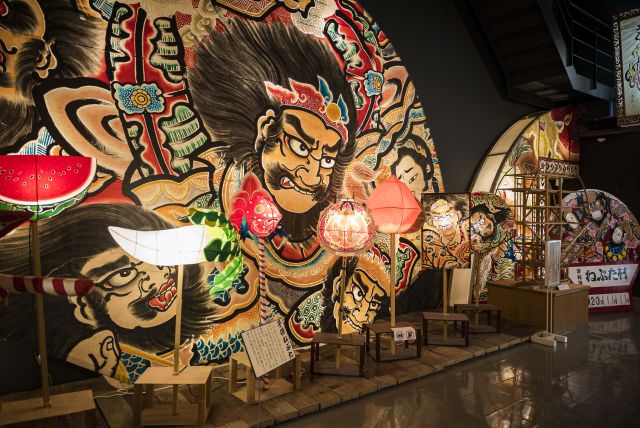
Aomori Prefecture is located at the northernmost part of Honshu, Japan’s main island. Its economy is mainly based on forestry, agriculture, and fishing, and it’s known for its apples and seafood. Aomori is also famous for its Nebuta Matsuri, one of the largest festivals in Japan, held every August.
Here are some recommendations on Places you should travel in Aomori
Akita

Akita Prefecture is located in the northeastern part of Honshu. It’s famous for its rice, which is known as Akita Koshihikari, and for its sake. The rural landscape of Akita is dotted with hot springs, lakes, and mountains, making it a popular destination for nature lovers. The annual Kanto Matsuri, where performers balance large bamboo poles with lit paper lanterns, is a major event.
Here are some recommendations on Places you should travel in Akita
Iwate
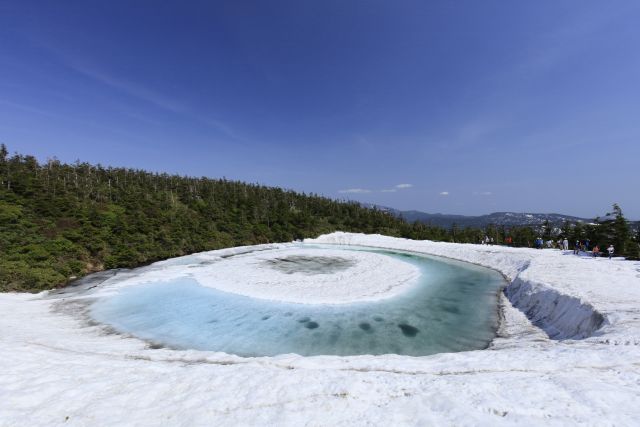
Iwate Prefecture is the second-largest prefecture in Japan and is located in the northeastern part of Honshu. It’s home to Mt. Iwate, one of the highest peaks in the Tohoku region. Iwate’s economy is based on agriculture, forestry, and fishing. The prefecture is also rich in history and culture, with many traditional festivals and ceremonies held throughout the year.
Here are some recommendations on Places you should travel in Iwate
Yamagata
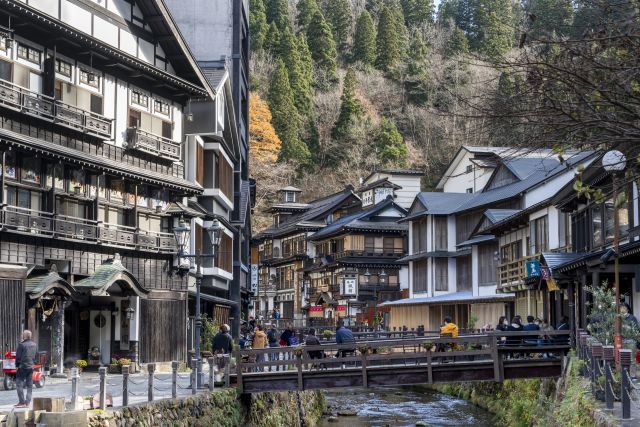
Yamagata Prefecture is known for its beautiful hot springs and ski resorts. The prefecture is located in the southern part of Tohoku and is surrounded by mountains. Yamagata is also famous for its hanami (cherry blossom viewing) season in spring and production of cherries and pears. The annual Yamagata Hanagasa Matsuri, where dancers perform while wearing hanagasa (flower hats), is a popular event.
Here are some recommendations on Places you should travel in Yamagata
Miyagi
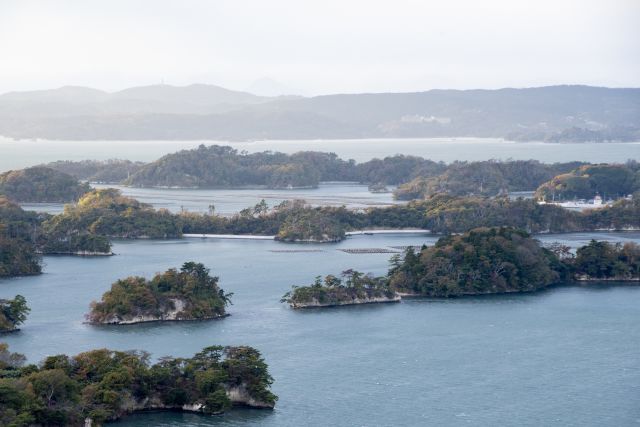
Miyagi Prefecture is known for its cultural and natural attractions. The prefecture is located in the central part of Tohoku and is home to the famous Matsushima Bay, which features over 200 small islands covered in pine trees. Miyagi is also known for its agricultural products, such as beef tongue, oysters, and seafood. The annual Sendai Tanabata Matsuri, where colorful decorations made of paper streamers are displayed, is a must-see event.
Here are some recommendations on Places you should travel in Miyagi
Fukushima
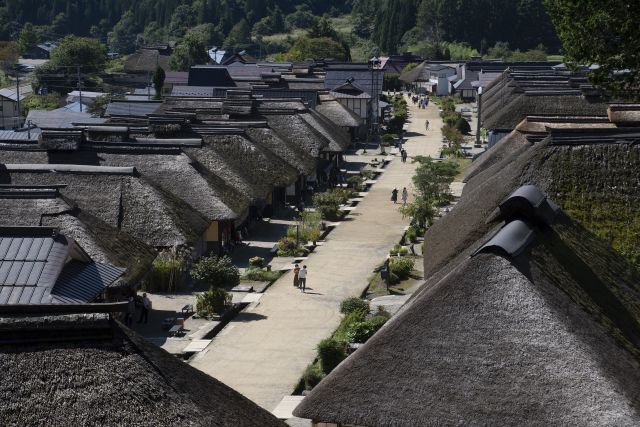
Fukushima Prefecture is located in the southern part of Tohoku and is known for its natural beauty and hot springs. The prefecture was heavily affected by the 2011 Great East Japan Earthquake and Tsunami but has since worked towards recovery. Fukushima is also known for its agricultural products, such as peaches, apples, and mushrooms. The annual Aizu Festival, where warriors dressed in samurai armor parade through the streets, is a highlight.
Here are some recommendations on Places you should travel in Fukushima
Top 9 best things to do in Tohoku
Matsushima Bay
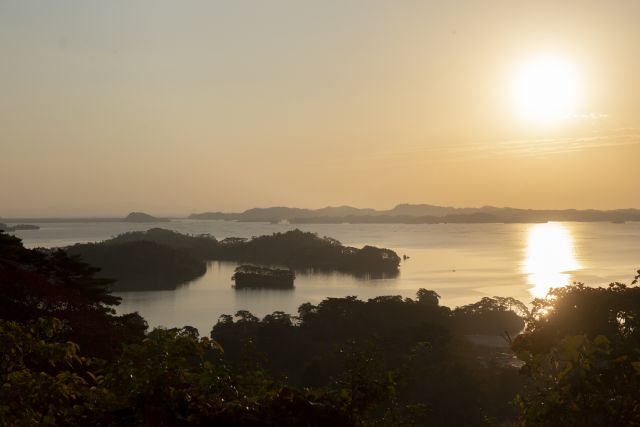
Matsushima Bay is one of the most beautiful sceneries in Japan with hundreds of tiny islands dotting the bay. Visitors can take a leisurely stroll around the scenic shorelines, hike up to the various viewpoints to appreciate the magnificent view, or take a boat tour around the bay to have a closer look at the islands. Visitors can also relish local seafood cuisine such as grilled oysters, octopus dumplings and seaweed salads.
Hiraizumi-temple
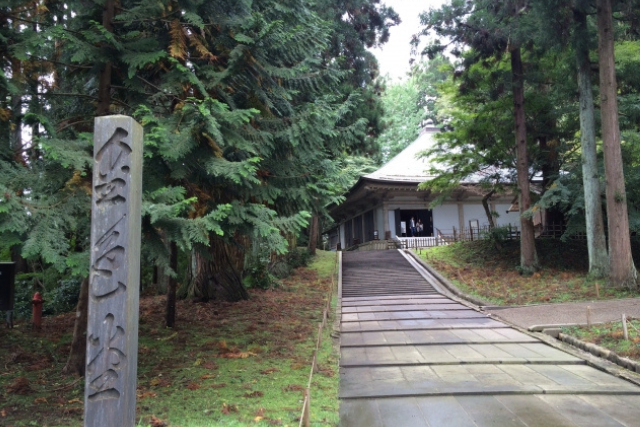
Hiraizumi-temple is a UNESCO World Heritage Site that showcases the beauty and grandeur of Japanese cultural heritage. Visitors can explore the various historic temples such as Chuson-ji and Motsu-ji that are adorned with stunning gold-inlaid screens and sculptures. Visitors can also take a stroll down the picturesque Fujiwara-no-Sato village that shows the history and culture of the Fujiwara clan.
Experience the wonders of nature at Oirase Stream
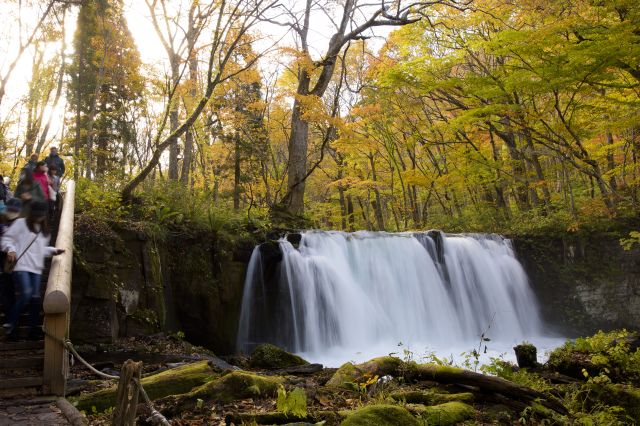
Oirase is a popular destination in Japan known for its beautiful landscapes and natural beauty. To fully enjoy Oirase, it is recommended to plan ahead and choose the best time of the year to visit. Spring offers cherry blossom season, while autumn provides stunning foliage.
Attend the Nebuta Festival
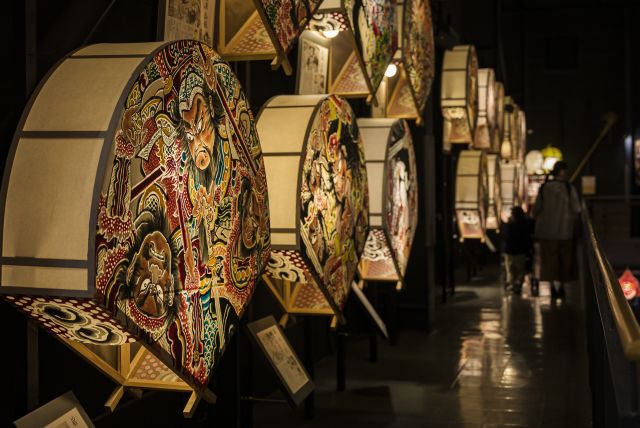
The Nebuta Festival is a famous festival held in Aomori each August. The festival features huge illuminated floats depicting famous Japanese myths and legends, which are paraded through the streets at night. Visitors can also participate in the festival by carrying small lanterns.
Hike Mount Zao
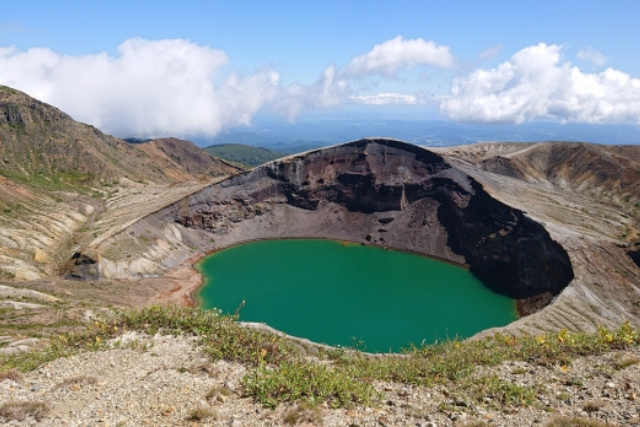
Mount Zao is a stratovolcano located on the border of Miyagi and Yamagata. The area offers incredible hiking opportunities, with breathtaking views of the surrounding landscapes, including the famous Zao Crater Lake.
Hirosaki Castle
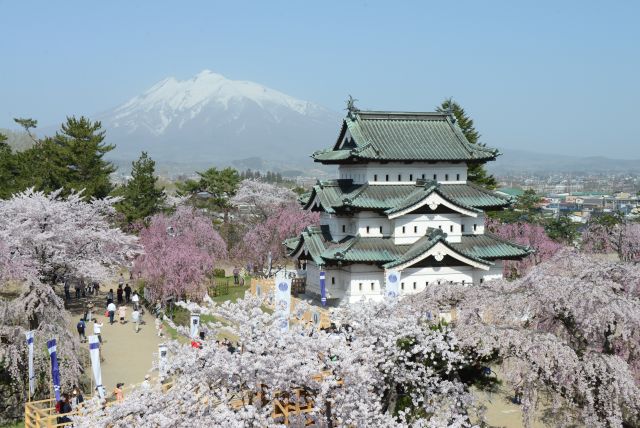
Hirosaki Castle is a cherry blossom paradise in spring that provides a unique experience for visitors. Visitors can take a walk around the castle and enjoy the breathtaking views of the cherry blossoms blooming in the surrounding gardens. Visitors can also have a picnic and purchase local specialties such as Hirosaki apples and Tsugaru-nuri lacquerware.
Sannai-Maruyama
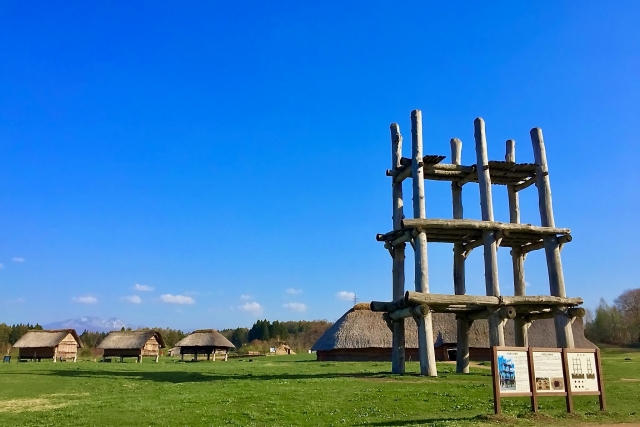
Sannai-Maruyama, located in Aomori Prefecture, Japan, is an archaeological site dating back to the Jomon Period. Visitors can tour the site and learn about the daily life and culture of the Jomon people, who lived in the area around 3,000 to 5,000 years ago. You can enjoy Sannai-Maruyama by taking a guided tour of the site, exploring the reconstructed dwellings, and seeing the various artifacts that were uncovered. There are also exhibits showcasing Jomon art, pottery, and tools. Additionally, the site is surrounded by a beautiful forest, providing a peaceful and tranquil atmosphere.
Shirakami-Sanchi
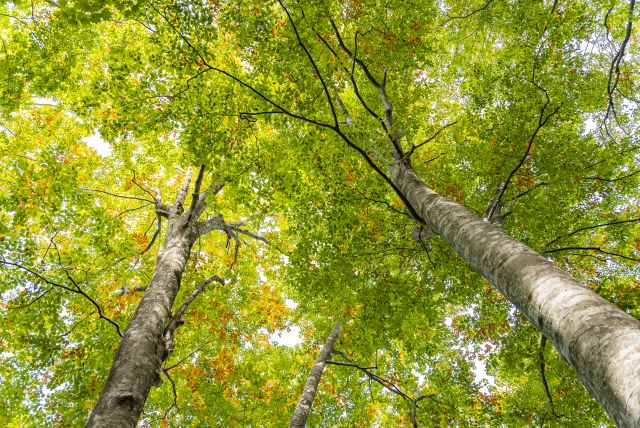
Shirakami-Sanchi, located on the border of Aomori and Akita Prefectures, is a UNESCO World Heritage Site known for its ancient beech forests. Visitors to Shirakami-Sanchi can hike through the forests and observe the unique flora and fauna of the region. There are also breathtaking waterfalls, such as the Anmon Falls, and clear streams and rivers that you can explore. To fully enjoy Shirakami-Sanchi, it is recommended to take a guided tour to learn about the importance of the beech forests, and to consider staying overnight in a local inn to experience traditional Japanese hospitality. The area is also known for its seasonal beauty, such as the vibrant fall foliage and blooming cherry blossoms in the spring.
Ginzan Onsen
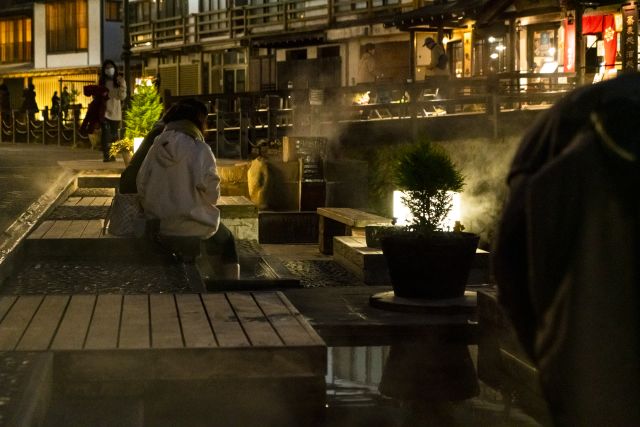
Ginzan Onsen is a picturesque town surrounded by mountains with traditional wooden buildings that complement the serene hot spring atmosphere. To fully enjoy Ginzan Onsen, visitors can immerse themselves in the natural hot springs, relax in traditional ryokans, stroll down the cobbled streets lined with lanterns, and taste local cuisine such as soba noodles and salmon.
Conclusion
In conclusion, the Tohoku region of Japan offers an abundance of natural beauty, cultural experiences, and delicious cuisine that make it an ideal destination for travelers seeking an authentic and off-the-beaten-path experience. From the vibrant city life of Sendai to the rugged landscapes of Aomori and the tranquil hot springs of Akita, there is something for every type of traveler.
Whether you’re interested in outdoor adventures, historical sites, or just relaxing in a hot spring, the Tohoku region has it all. With its stunning natural beauty, rich history, and welcoming hospitality, it’s no wonder that the Tohoku region has become a popular destination for travelers from all over the world.

